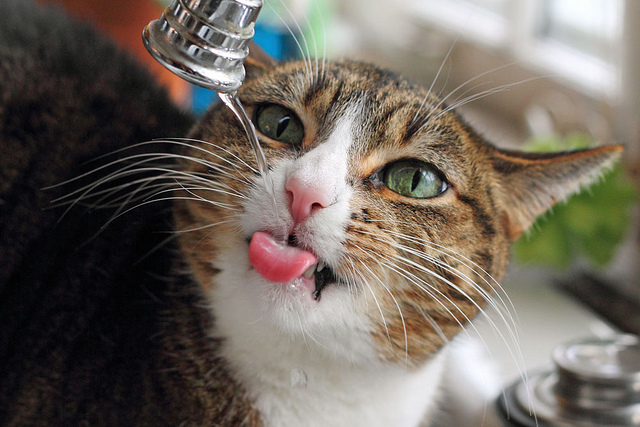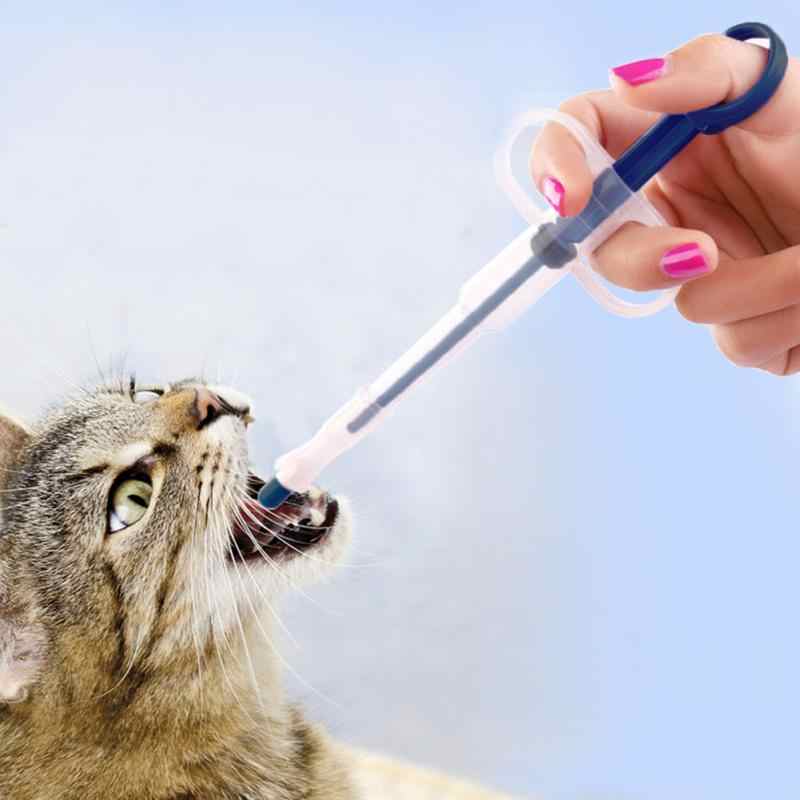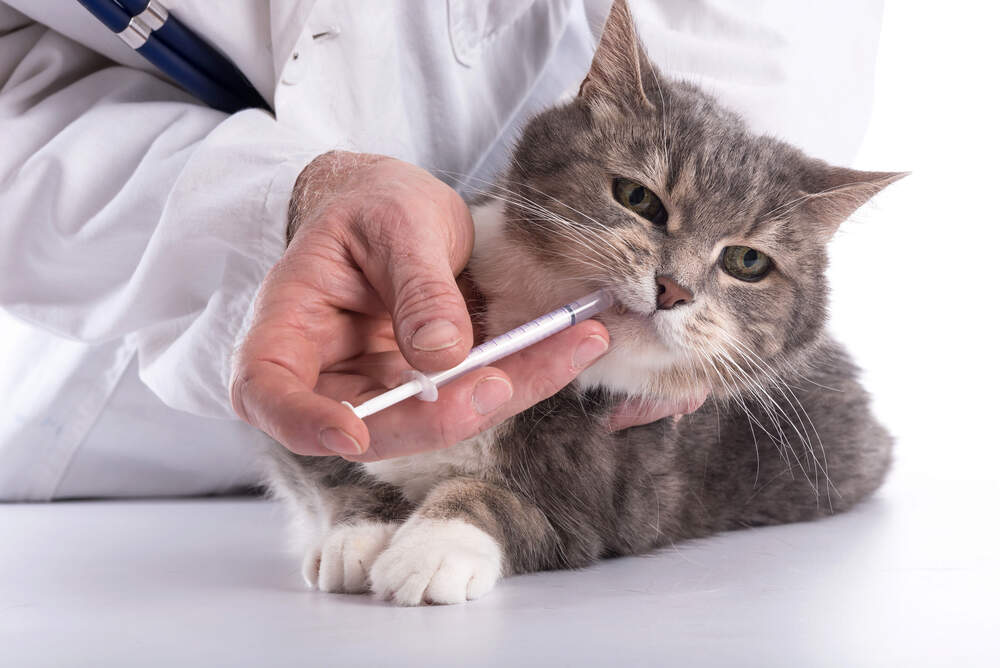According to a research done by the Applied Physiology of Body Fluids of Cats and Dogs, 60-80% of a cat’s body is made of water.
The actual figure depends on the kitty’s age, body composition, and sex.
These stats only mean one thing: cats need plenty of water for survival, like all many other animals out there.
Despite needing a ton of water in their bodies, cats don’t really like drinking water.
If you’ve owned a kitty or two before, you can attest to this. No matter what you do, their dislike for water never seems to go away.
Granted, there are kitties that don’t have issues drinking water but a majority take the opposite route.
For a sick cat, drinking water becomes such a tall order. It is worse if the kitty is already anorexic and not consuming any food. Her water intake is bound to take a dive.
Dehydration in cats happens as a result of vomiting and diarrhea.
When your cat cannot drink up, you need to step in and save the day? How? By feeding her water through a syringe.
We will tell you about it below, specifically how much water to feed a cat using a syringe.
The Importance of Water in a Cat’s Body

Water is the number one ingredient in many biological processes of a feline body.
It balances electrolytes, affects organ function, helps the kidneys to remove toxins, transports nutrients within the body, helps with digestion, maintains minerals and fluids in the body, and decreases the risk of urinary stones.
Without water for extended periods of time, organ failure and ultimately death is bound to occur in cats.
On average, a kitty can go 3-4 days without water.
Anything over four days may cause ill effects. You can tell your kitty is dehydrated if her skin along her back doesn’t return to its normal position fast after pinching.
Other symptoms include a dry mouth, sunken eyeballs, severe lethargy, and elevated heart rate.
Why feed through a syringe?
If your cat is sick and cannot drink water from her water bowls, you have no option but to force-feed her. This is true for cats that refuse to eat or drink for other reasons such as lack of appetite.
There are several ways of giving food manually but the most common is using a syringe.
The advantage of a syringe is that you can control the amount of fluid dispensed to the cat to avoid choking.
Additionally, it is narrow and fits a kitty’s mouth even when it is closed.
As long as the tip is inside her mouth, the contents can be slowly released.
Plus, since cats love licking moving water, you can use the syringe to create moving water and hopefully get your kitty eating again.
How many mL of water does a cat need per day?
According to PetMD, a cat needs 3.5-4.5 ounces (103-130ml) of water for 5 pounds of body weight per day.
This means that if you have a 5-pound cat, they should have anywhere from 100 and 130 milliliters daily.
Of course, if the cat is already consuming wet food, she will not need to drink this much water.
As long as she’s licking some water from her water bowls, eating wet food, and looks healthy, don’t worry about the quantity of water she drinks daily.
How many mL should I syringe feed a cat?

If the cat is neither eating nor drinking, you need to make sure they have the daily amount of water intake outlined above.
The actual dosage will depend on how often you feed your cat.
For starters, you can feed him every hour until he’s able to feed on his own. For instance, if you have a 5-pound cat, you have to make sure she drinks 100 ml per day.
In such a case, you can give about 10 ml every hour until her daily intake is reached.
How much water should I give my dehydrated cat?
When feeding water to a dehydrated cat via a syringe, time is of the essence.
Your cat may not have very long before she deteriorates.
The minute you observe clear symptoms of dehydration, grab a syringe and fill it with clean room temperature water then offer it to the kitty.
The best idea is to do it every 10 minutes over a period of a few hours.
Emancipet.Org suggests giving one teaspoon or 5ml of water every 10 minutes.
Keep doing this until the dehydration is passed. If nothing happens after a few hours, rush the pet to the nearest vet clinic.
How to force-feed a cat without a syringe
The syringe is easy to use, readily available, and affordable. That’s why many people choose to force-feed their kitties with it.
However, if a syringe is nowhere to be seen, you can use a clear plastic bag.
Simply add the wet cat food in one of the corners and cut the tip which will act as the feeder.
Now position your cat right and place the tip in his mouth and push the food into the tip.
Let her lick or drink the contents of the bag.
Parting Thoughts
Cats are pros at hiding illness, pain, and discomfort.
That is true for anorexic and dehydrated kitties as well.
Without giving enough water, your furball’s health will go downhill fast.
Offering water via a syringe can turn things around and restore the kitty’s health.

Hi! I am Eleanor Price. I started this website after my cat, Louie, almost died from a case of botulism (a type of food poisoning often caused by bacteria that grow on food items). Turned out that my cat’s diet was the problem. I have made it my duty to provide the best information and recommendations about everything cat lovers need to know about their felines’ health and wellbeing. My goal is to find the most informative content on anything feline-related and share it with fellow hardworking kitty lovers.

